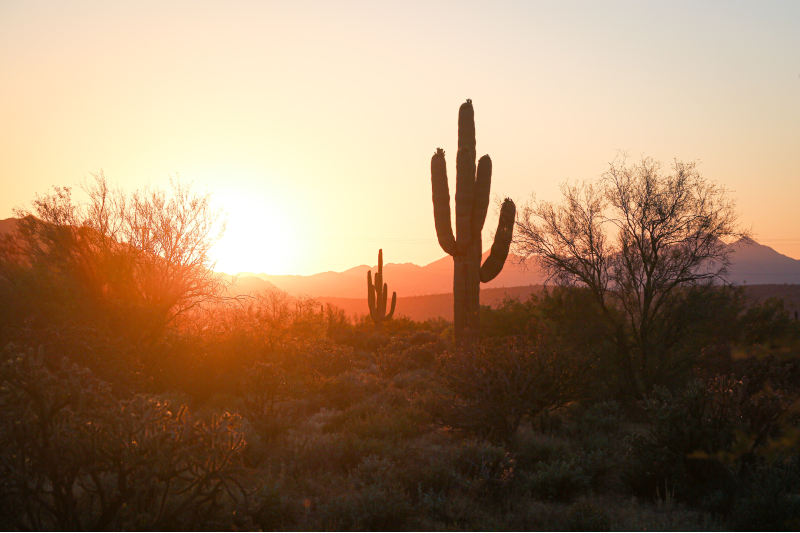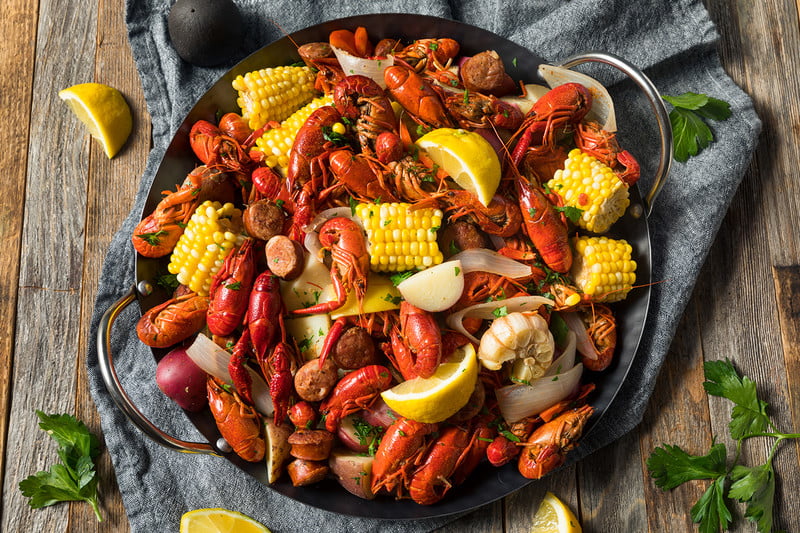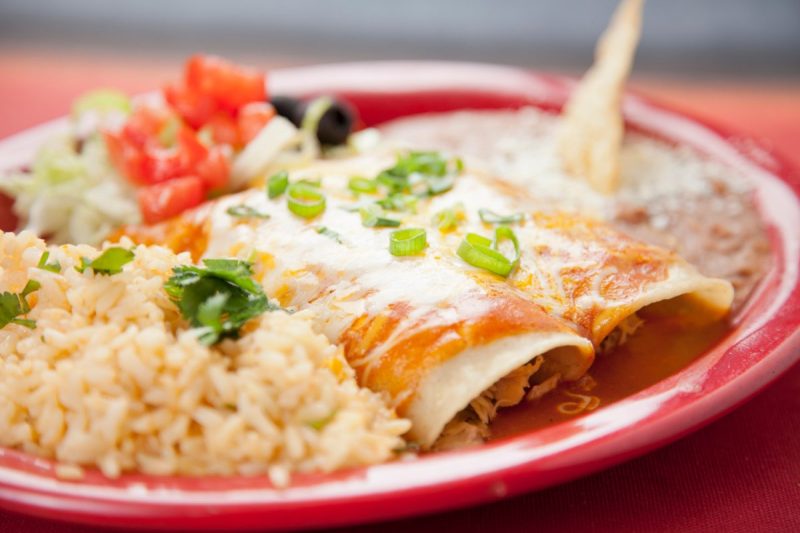It’s a great time to do some foodie travel. There are more culinary travel destinations than ever thanks to a combination of technology, expertise, and regionality. Even the United States, a relatively young nation by global standards, is flexing its gastronomical might nowadays.
Back in 2004, the UNESCO City of Gastronomy designation was born. It continues today, honoring cities all over the planet with unique qualifications. There are 49 cities and counting, including two American cities. The first city to receive the honor was Popayán, Colombia in 2005. Several more will join the list before the end of 2022.
Clearly, it takes more than several dozen food carts and amazing pizza to achieve such an honor. Otherwise, just about every major metro area in the U.S. would be on the list, or would at least be a candidate. Here’s what the designation really means.
What it takes to be a UNESCO City of Gastronomy
Cities all over the planet can apply for the UNESCO City of Gastronomy title. The organization reviews submissions every four years, paying close attention to the following attributes:
- Robust gastronomy that reflects the urban center and/or region
- Dynamic gastronomy community with many traditional restaurants and/or chefs
- Traditional cooking methods that involve indigenous foods
- Culinary practices that have carried on despite modernization
- Food markets and a culinary industry that stress traditionalism
- History of hosting gastronomic festivals, awards, contests and other important means of recognition
- Promoting sustainability and biodiversity
- Promoting public appreciation and culinary education
As you can see, there are some driving themes at play, namely in the form of traditional cuisine, local ingredients, and community. So far, just Tucson and San Antonio make up the American portion of the list, but there’s a good chance more will join in the future.
The Tucson effect
Don Guerra owns Barrio Bread in Tucson. He took home the Best Outstanding Baker award from James Beard this year. He says the UNESCO designation awarded back in 2015, the first of its kind for an American city, came through a combination of important factors. “It speaks to Tucson’s commitment to using local and heritage ingredients in creative, striking ways that tell Tucson’s culinary story, past and present,” he says. “This movement is multi-layered and comprised of restauranteurs, purveyors, gardeners, ranchers, farmers, brewers and vintners — all of whom are working toward the common goal of showcasing Tucson’s distinct flavors and heritage in a way that can’t be replicated elsewhere.”
Guerra credits the community for the city’s many personalities, from brewers and winemakers to farmers and purveyors. “Since the UNESCO City of Gastronomy designation, I’ve seen an uptick in the number of collaborations that chefs and purveyors are forming in the community,” Guerra continues. “It’s a really beautiful thing that’s led to even more notable restaurants, farmers, and makers who are catapulting Tucson’s food scene into the national and international spotlight.”

There’s a distinctive intersection of history and regionality with Tucson as well. “Our rich culinary heritage spans nearly 5,000 years and a border that encompasses distinct Mexican and Native traditions in both food and drink,” Guerra adds. “For that reason, the flavors and ingredients that are present in Tucson’s culinary scene are unlike anywhere else. Ever tried chiltepin peppers or nopales? You can do just that during a stop at one of the many restaurants in Tucson’s Best 23 Miles of Mexican food while attending more than a dozen large-scale food festivals throughout the year, and by exploring the gardens and farms that are steadfast supporters of Tucson’s heritage food movement.”
It’s a town simply teeming with culinary life, from the agricultural heritage of Mission Garden to restaurants like the century-old El Charro Cafe, rumored to be the birthplace of the chimichanga.
Other American candidates
Which American cities should join the likes of Yangzhou, China; Ensenada, Mexico; and Bergen, Norway, as UNESCO Cities of Gastronomy? Well, it’s highly debatable, but we have a few ideas not just for that but for all of you into the food travel scene.
San Antonio joined the ranks in 2017. The city has so much filling the plate, with its Tex-Mex and Latin-inspired cuisine, along with barbecue, decent proximity to seafood, honor for authenticity, and a full-on embracing of food markets and education. Three other cities jump to mind in the U.S. that seem to take care of all the criteria for this lauded title.

New Orleans
First, New Orleans. The Bayou is unlike any other place on the planet, with its one-of-a-kind Cajun grub, Franco-American fusion, and deep history. This is an easy choice that will almost surely make the grade in years to come.
Charleston, SC
Charleston, South Carolina, jumps to mind as well. While it seems like foodies have only been dropping the name over the last couple of decades, the culinary scene there is rich and much deeper-rooted. A mix of seafood and down home goodness, Charleston is plating up a real chance at making the list.
Honolulu
Another tempting inclusion is Honolulu, Hawaii. There’s something very singular about Hawaiian cuisine, and the city has really embraced it over the years. Locals are taking advantage of local ingredients, from tropical fish and fruit to sugarcane for local rum production and using techniques that are uniquely Hawaiian.
What other cities? Well, we’d probably throw an honorable mention at Chicago and Juneau, Alaska.



